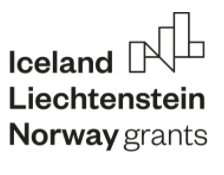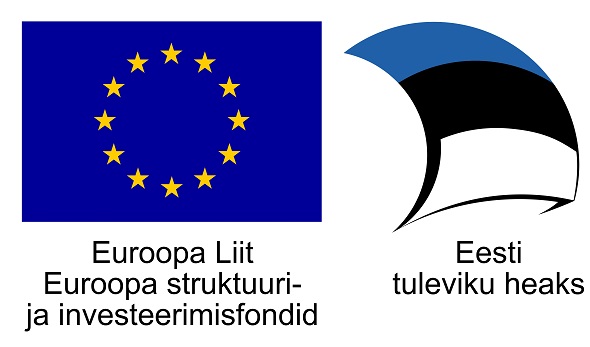CCILM – Creative Industries Learning Module
|
Duration of the project in months |
22 |
|
Expected start date of the project |
October 2019 |
|
The expected end date of the project |
July 2021 |
The objective of this cooperation project is to develop the creative industries (CCI) learning module for universities. CCI is a dynamic and influential field that has a substantial impact across its own sector. However, since the field is relatively young important contributions are needed in order to help the field to develop.
Therefore, the overarching aim of the project’s intellectual output is to contribute to overcoming a number of shortcomings currently present in CCI. Equipped with the know-how and right tools, HEIs can have a substantial impact on improving CCI. This project aims to give HEIs the necessary know-how and tools: the CCI learning module.
The CCI learning module will provide all the necessary building blocks for putting together an innovative flipped classroom CCI course for bachelor students. In addition, it can be used to create an elective module for executive students or to build a business incubation program for people interested in setting up a company in creative industries (lifelong learning).
Project partners bring together expertise and knowledge from Estonia, Norway, and Iceland to deliver the highest quality.
The CCI learning module
During the current project in collaboration partners will develop (1) creative industries learning module syllabus, (2) textbook and guidelines for lecturers, (3) teaching case studies, (4) video lectures and (5) worksheets. The textbook together with guidelines is a comprehensive guide for professors that support them in (1) implementing the syllabus and (2) preparing lectures about creative industries and entrepreneurship in creative industries. Teaching case studies, video lectures, and worksheets are practical supporting materials that lecturers and students can use during the module. The module is based on the flipped classroom method.
The flipped classroom is a pedagogical method, which employs asynchronous video lectures together with resolving problems as homework, plus active, group-based problem-solving activities in the classroom. It represents a unique combination of learning theories: active, problem-based learning activities founded upon a constructivist ideology and instructional lectures derived from direct instruction methods founded upon behaviorist principles. (Bishop & Verleger, 2013)
The CCI learning module is a flexible format that can be used in different learning management systems (e.g. Moodle, Canvas). The CCI learning module will be a compilation of aforementioned documents that all use widely compatible formats (i.e. .pdf, .avi, etc.). Therefore, making it possible for professors to create a course based on CCI learning module in different learning management systems.
The topics to be covered in the module are based on mapped challenges in the field (for example see Jeffcutt & Pratt, 2002; Tscherning & Boxenbaum, 2011; Küttim, Arvola, & Venesaar, 2011) and are the following:
- Overview of CCI and its specifics.
- Strategic management in CCI – focus on managers.
- Managerial skills and knowledge.
- Strategic management processes in CCI.
- Creating and implementing a business strategy.
- How to communicate value creation and value propositions in CCI.
- How to formulating ambition.
- Finding and cooperating with partners.
- Business growth and scalability in CCI – focus on organization.
- Different business models in CCI.
- Financial planning in CCI (incl. private cultural financing: sponsorship, investment, crowd-funding).
- Products and services: creating and delivering clear value propositions; applying adequate pricing mechanisms, etc.
- Digitization of production, distribution, communication, and consumption.
- Production pipelines.
- Export.
- Markets and marketing.
- Cooperation and collaboration with other sectors – focus on the CCI sector.
- General encouragement towards it: why is it useful?
- Creating interest in creative industries in other sectors and vice versa.
- Measuring the value creativity provides to business (developing a model for measurement).
- Culture + economy: what are the possibilities and opportunities here (a model showing how the two can support each other and cooperate with each other).






